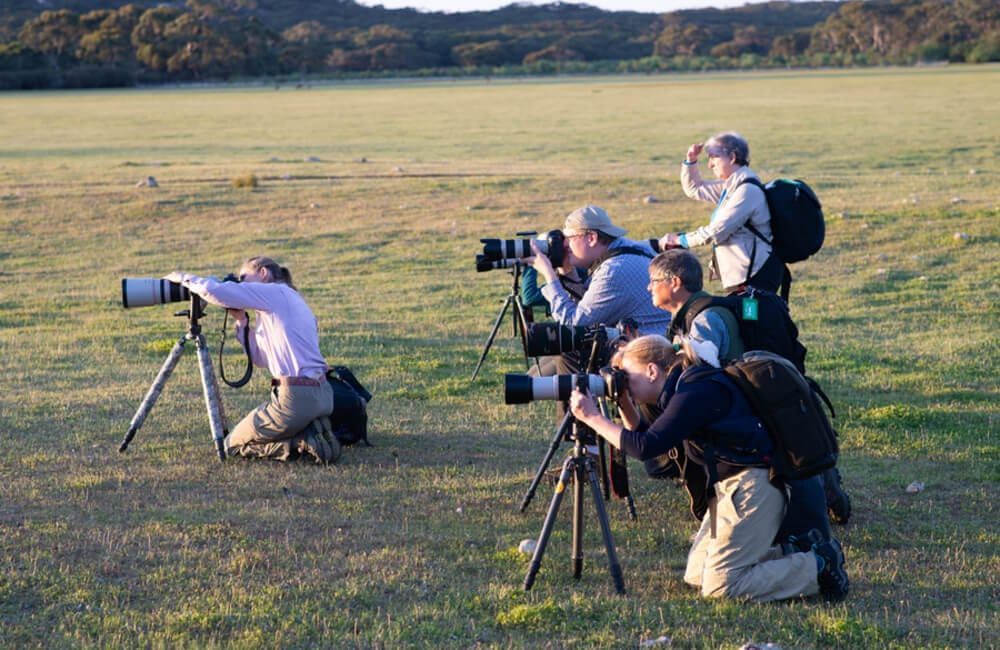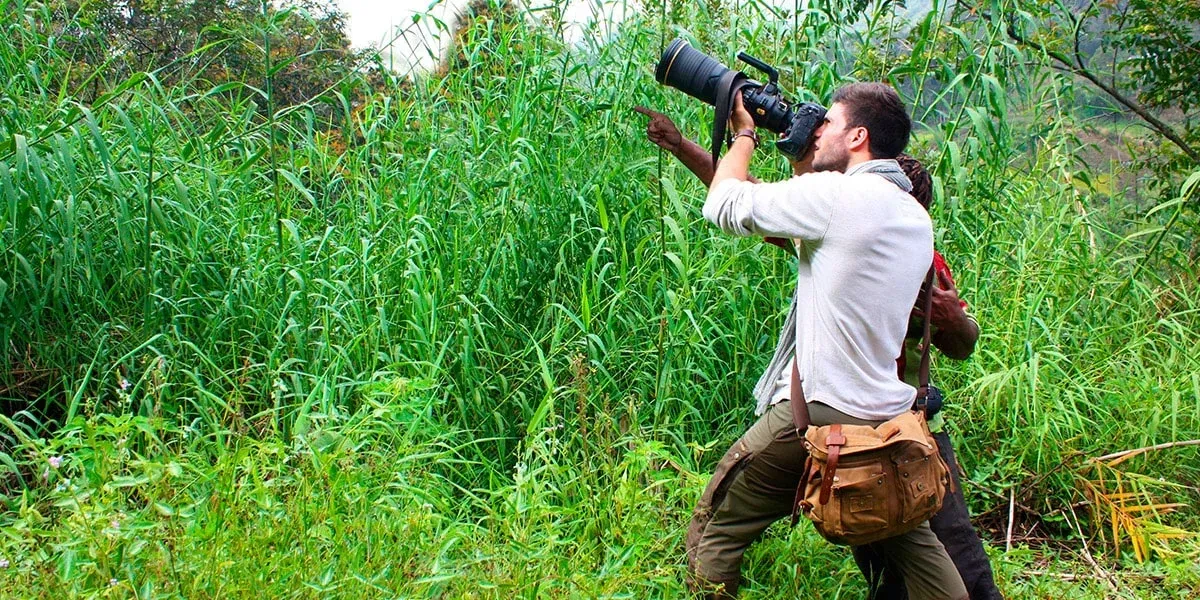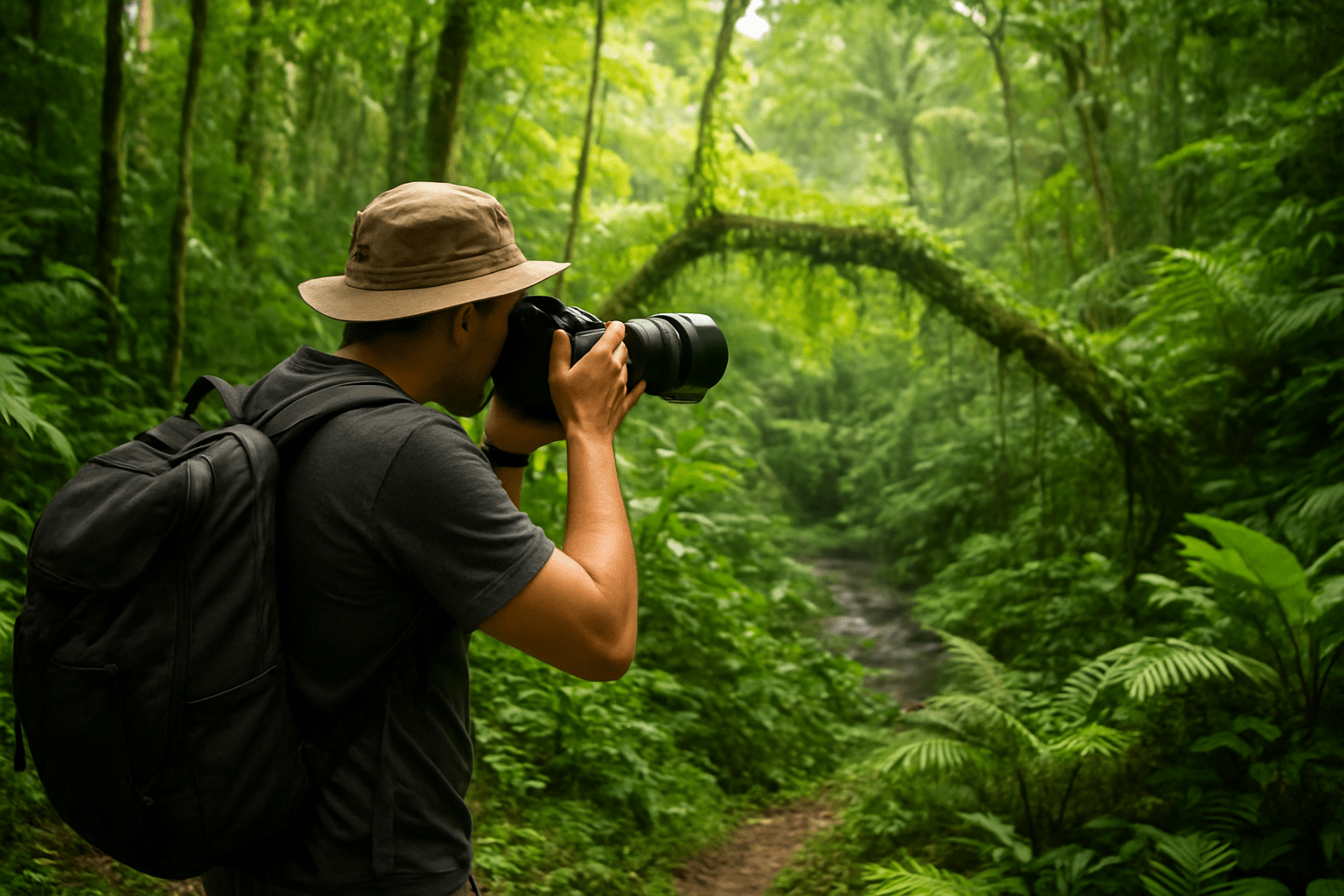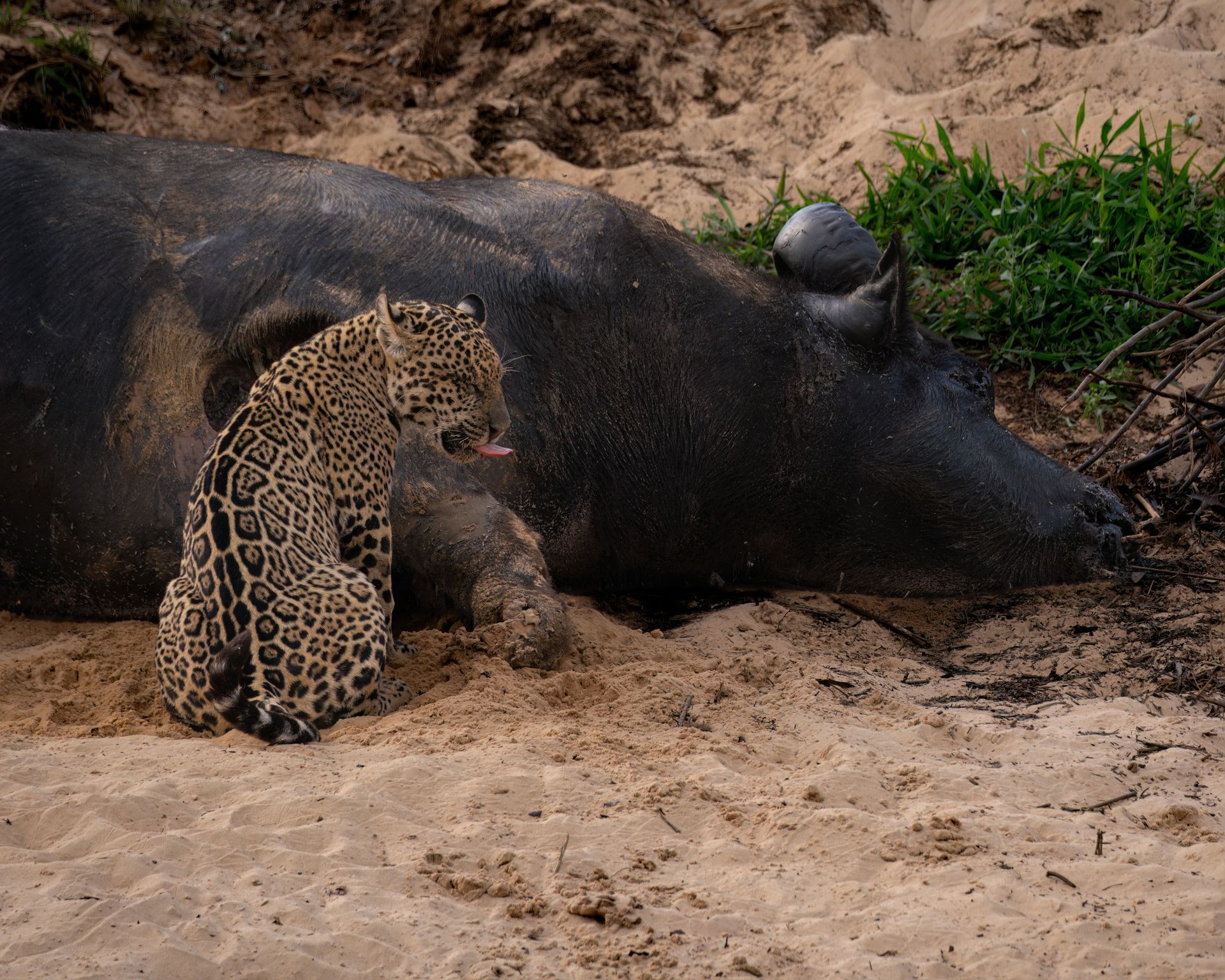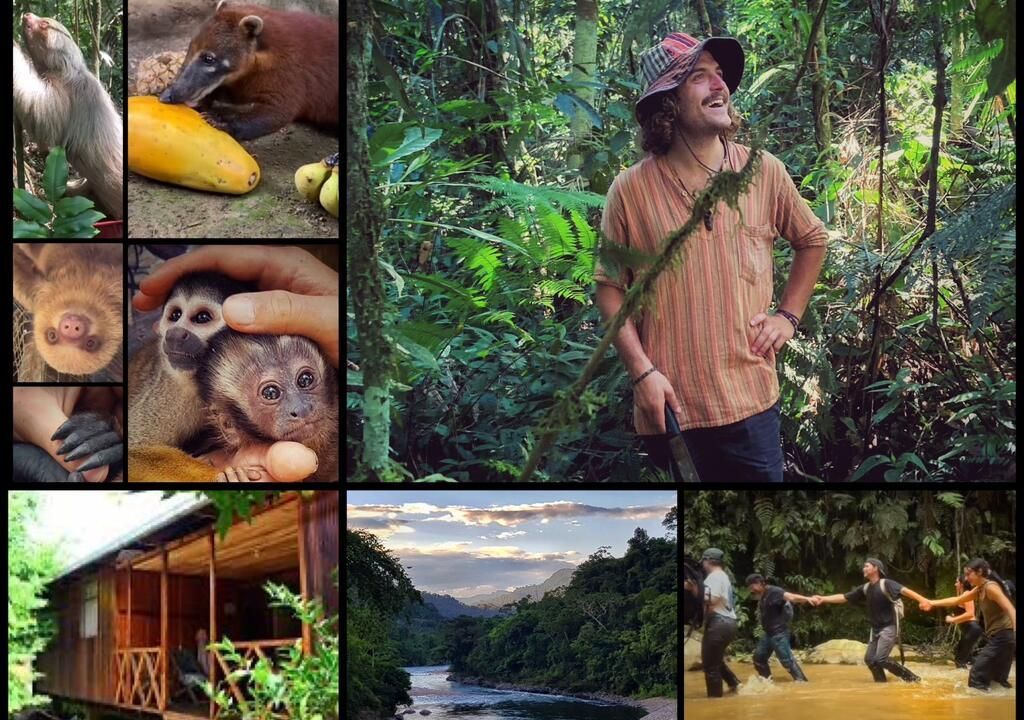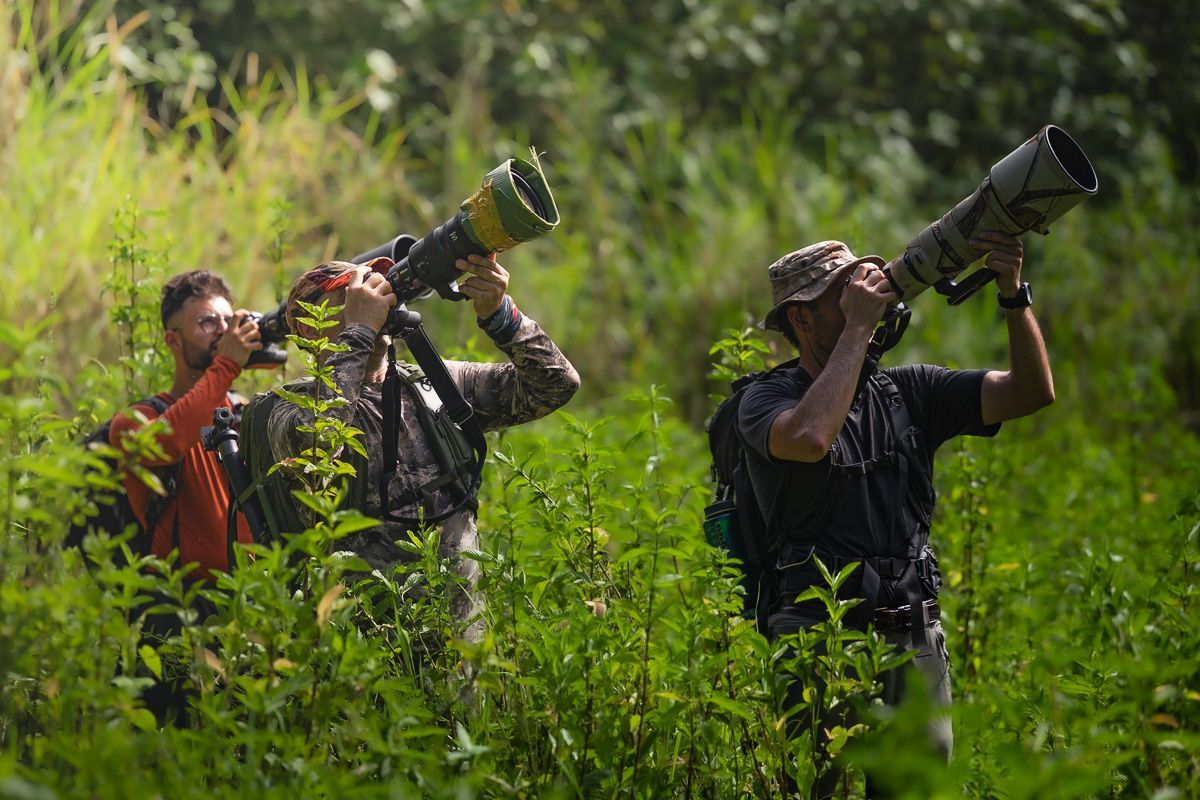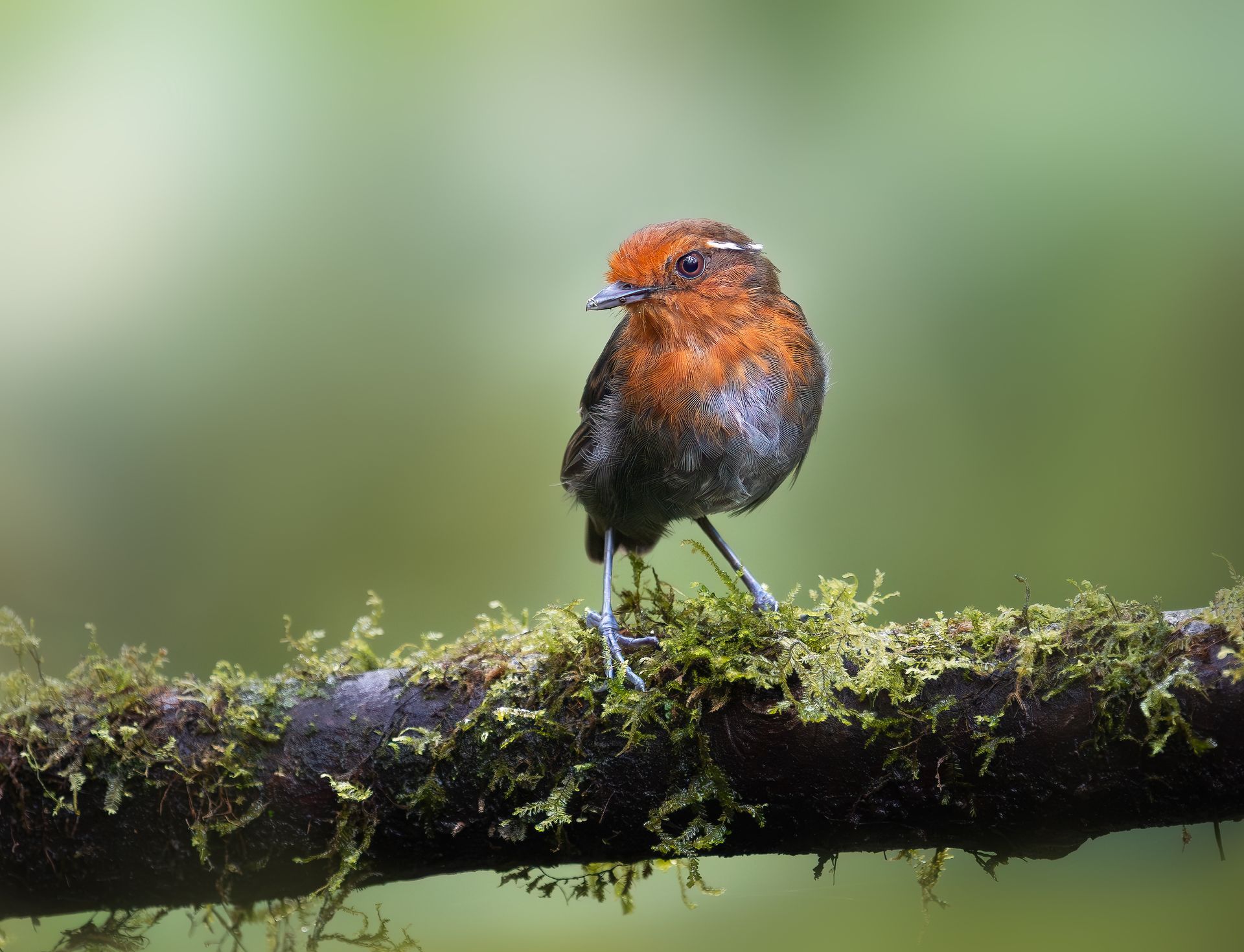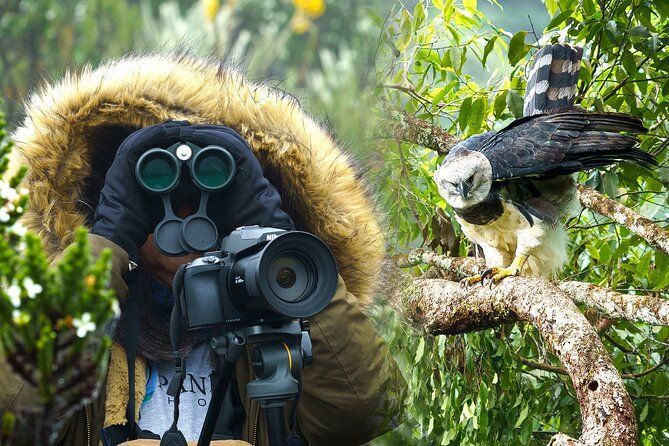What Gear Do You Need for a Bird Photography Tour in South America?
What Gear Do You Need for a Bird Photography Tour in South America?
mbarking on a bird photography tour in South America is a dream for many wildlife photographers. With over 3,000 bird species spread across diverse habitats — from the misty Andes and Amazon rainforests to the wetlands of Pantanal and the high-altitude páramos of Colombia — the continent offers a paradise for avian photography.
But to make the most of this adventure, your gear matters as much as your skills. The right equipment helps you capture those fleeting moments — the flash of a hummingbird’s wings, the vibrant plumage of a tanager, or the silent flight of an Andean condor.
In this guide, we’ll explore in detail what photography gear you need for a successful bird photography tour in South America, including cameras, lenses, tripods, accessories, and practical travel tips based on the experience of our guides and photographers at Retorno Photo Tours.
1. Choosing the Right Camera for Bird Photography
When photographing birds, speed, accuracy, and image quality are key. Birds are fast, unpredictable subjects, often found in challenging lighting or distant perches. Your camera must handle these situations effortlessly.
a. DSLR or Mirrorless?
In the past, DSLRs were the gold standard for wildlife photography. But in recent years, mirrorless cameras have become the top choice among professionals. They offer:
Lighter weight — ideal for travel and trekking.
Faster autofocus with eye or subject tracking.
Silent shooting — crucial when approaching shy species.
High burst rates for capturing action sequences.
Recommended models:
Canon R5 / R3
Nikon Z9 / Z8
Sony A1 / A9 III
OM System OM-1 (Micro Four Thirds) – excellent for lightweight setups and extra reach.
If you’re just starting, don’t worry about having the latest flagship model — even mid-range options like the Canon R7 or Sony A6700 perform exceptionally well for bird photography.
2. Lenses: Your Most Important Investment
If there’s one area to invest the most in, it’s your lens. Birds are often small, distant, and fast-moving. You’ll need reach, sharpness, and speed to get those frame-filling shots with clean backgrounds.
a. Focal Length Matters
For bird photography in South America, a minimum of 400mm is recommended, but 500–600mm (or more) gives you flexibility in rainforest and open-field settings.
Popular lens choices:
Canon RF 100–500mm f/4.5–7.1L IS USM
Nikon Z 180–600mm f/5.6–6.3
Sony 200–600mm f/5.6–6.3 G OSS
Sigma and Tamron 150–600mm f/5–6.3 (affordable and excellent quality)
Prime lenses (e.g., 400mm f/2.8, 500mm f/4, 600mm f/4) for professionals needing superior sharpness.
In dense forests like the Amazon or Chocó region, where light is dim, a faster aperture (f/2.8 or f/4) helps maintain shutter speed without raising ISO too high.
b. Teleconverters
If you already own a telephoto prime, adding a 1.4x or 2x teleconverter can extend your reach — useful for shy or distant species like antpittas or trogons. Just remember that teleconverters slightly reduce light and may affect autofocus speed.
3. Support Gear: Tripods, Monopods, and Gimbals
After hours in the field, carrying heavy lenses can take a toll. Stability gear is not just about sharp photos — it’s about comfort and endurance.
a. Tripods
A sturdy tripod is essential for long sessions or low-light rainforest work.
Look for:
Carbon fiber construction (light yet stable).
Adjustable legs for uneven terrain.
Quick-release plates for fast setup.
Recommended brands: Gitzo, Leofoto, Sirui, Benro, or Manfrotto.
b. Gimbal Heads
A gimbal head balances your heavy telephoto lens perfectly, allowing smooth movement to track birds in flight.
Popular options:
Wimberley WH-200
Leofoto PG-1
Benro GH5C
c. Monopods
When hiking through dense jungle trails, a monopod offers quick mobility and support without the bulk of a tripod. They’re perfect for places like Los Nevados National Park or the Sierra Nevada mountains.
4. Essential Accessories
a. Memory Cards and Storage
High-speed, high-capacity memory cards are essential. Bird photography involves continuous shooting bursts that fill up cards fast.
Bring multiple 128GB or 256GB UHS-II or CFexpress cards, plus an external SSD or backup drive. Always back up photos daily during your tour.
b. Batteries and Power Banks
Remote locations mean limited charging options. Bring at least:
3–4 camera batteries
Power bank (20,000mAh+)
Universal travel adapter
c. Rain Protection
South American weather can change in minutes — from sun to torrential rain. Always pack:
Lens and camera rain covers
Waterproof backpack cover
Microfiber towels
Dry bags for memory cards and batteries
d. Cleaning Kit
Dust, mud, and humidity are constant companions in the field. Carry:
Lens blower
Lens cloths
Sensor cleaning kit (optional)
Silica gel packets to reduce moisture
5. Clothing and Field Essentials
Your comfort impacts your photography. Lightweight, breathable, and weather-resistant clothing will keep you agile and focused.
a. Recommended Clothing:
Long-sleeve shirts and long pants (protection from insects and sun)
Neutral or earth-tone colors (avoid bright colors)
Waterproof jacket or poncho
Hat and UV-protection sunglasses
Lightweight hiking boots or rubber boots for muddy trails
b. Additional Field Gear:
Headlamp or flashlight (for pre-dawn walks)
Insect repellent and sunscreen
Reusable water bottle or hydration pack
Compact binoculars (8x42 or 10x42)
Notebook or bird app (Merlin Bird ID, eBird, or Birds of Colombia)
6. Carrying and Traveling with Your Gear
When traveling across South America — especially by plane or 4x4 vehicles — managing your equipment safely is crucial.
a. Camera Bags and Backpacks
Choose a carry-on-compatible camera backpack that fits your main gear and protects it during transit.
Recommended brands: Think Tank, Lowepro, Shimoda, F-Stop, or Gura Gear.
Make sure:
It fits airline carry-on dimensions.
Has customizable dividers.
Includes waterproof covers.
Offers easy side or top access for quick shooting.
b. Travel Insurance
Always travel with photography gear insurance that covers theft, damage, and loss — particularly in remote regions or airports.
7. Drones: To Bring or Not to Bring?
While drones can provide stunning aerial perspectives, many protected birding areas in South America prohibit drone use due to wildlife disturbance.
If you plan to bring one, check local and park regulations beforehand. Some national parks require special permits or outright ban drones to protect bird habitats.
8. The Importance of Lightweight Travel
At Retorno Photo Tours, our itineraries often include travel between ecosystems — highlands, cloud forests, lowland rainforests — which means efficient packing makes your experience smoother.
Consider:
Mirrorless setups to reduce overall weight.
Convertible lenses (e.g., 100–500mm zooms).
Compact binoculars instead of large scopes.
Travel light but smart — bring only what enhances your photography experience, not what slows you down.
9. Optional but Helpful Gear
Bean Bag or Ground Pod: Great for shooting low-angle shorebirds or wetland species in places like the Llanos or Pantanal.
Portable Hide or Camouflage Net: Useful in open areas for photographing shy species.
Field Laptop or Tablet: For reviewing images in the evening and organizing backups.
Weatherproof notebook: For recording bird behavior or light conditions.
10. Practical Tips for Bird Photographers in South America
a. Respect Wildlife and Local Communities
At Retorno Photo Tours, we prioritize ethical bird photography. Always maintain a respectful distance, avoid playback overuse, and support local conservation guides.
b. Learn Bird Calls and Behavior
Knowing a bird’s habits helps anticipate its movement and behavior — improving your shots dramatically.
c. Use the Light
Early mornings and late afternoons are magical. South America’s tropical light can be harsh mid-day, so plan your sessions around the golden hours.
d. Backup Every Day
Never underestimate the importance of backups. Use dual card slots or external drives to duplicate your files daily.
e. Join Guided Tours
Local expertise makes all the difference. Our Retorno Photo Tours guides are trained birders and photographers — they know where, when, and how to find the rare species that most travelers never see.
11. Suggested Packing Checklist
Category Essentials
Camera Gear Camera body, backup body, telephoto lens (400mm+), teleconverter, tripod/monopod, gimbal head
Accessories Memory cards, card reader, batteries, chargers, power bank, rain cover, cleaning kit
Clothing Quick-dry pants, long-sleeve shirts, waterproof jacket, boots, hat
Field Items Binoculars, water bottle, insect repellent, sunscreen, headlamp
Storage Camera backpack, dry bags, SSD or portable hard drive
Documents Passport, permits, insurance, tour itinerary
12. Why Your Gear Matters for a Retorno Photo Tour
At Retorno Photo Tours, we design every expedition to give you access to Colombia’s most photogenic birds and habitats — from hummingbirds in the cloud forests to toucans, motmots, and tanagers in the lowlands.
Having the right gear ensures:
You’re ready for rapid shooting situations.
You can handle changing light conditions.
You get professional-quality results worthy of publication.
But remember — while gear is important, vision, patience, and respect for nature are what create the most powerful wildlife images.
Final Thoughts
Bird photography in South America is not just about technical skill — it’s about connecting with one of the planet’s richest ecosystems. The gear you bring shapes how you experience that connection.
Pack thoughtfully, travel lightly, and prepare your equipment for every environment — from misty Andean peaks to humid rainforests. Whether you’re an advanced photographer or a passionate beginner, the right setup ensures that when the perfect moment appears — a hummingbird suspended midair, or a condor soaring over the Andes — you’ll be ready to capture it beautifully.
At Retorno Photo Tours, we’re here to guide you through every step — from gear preparation to the field techniques that make your South American bird photography adventure unforgettable.



